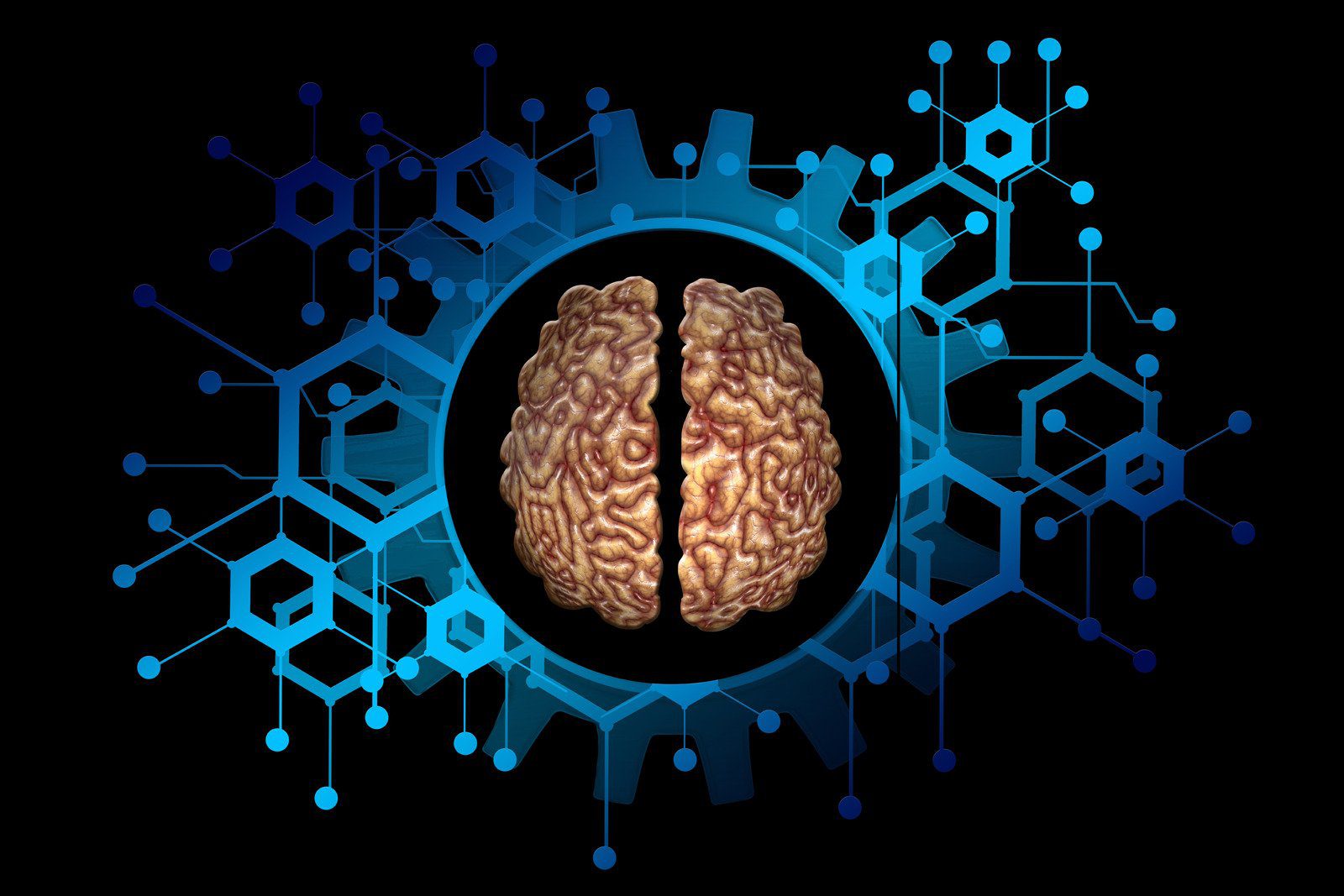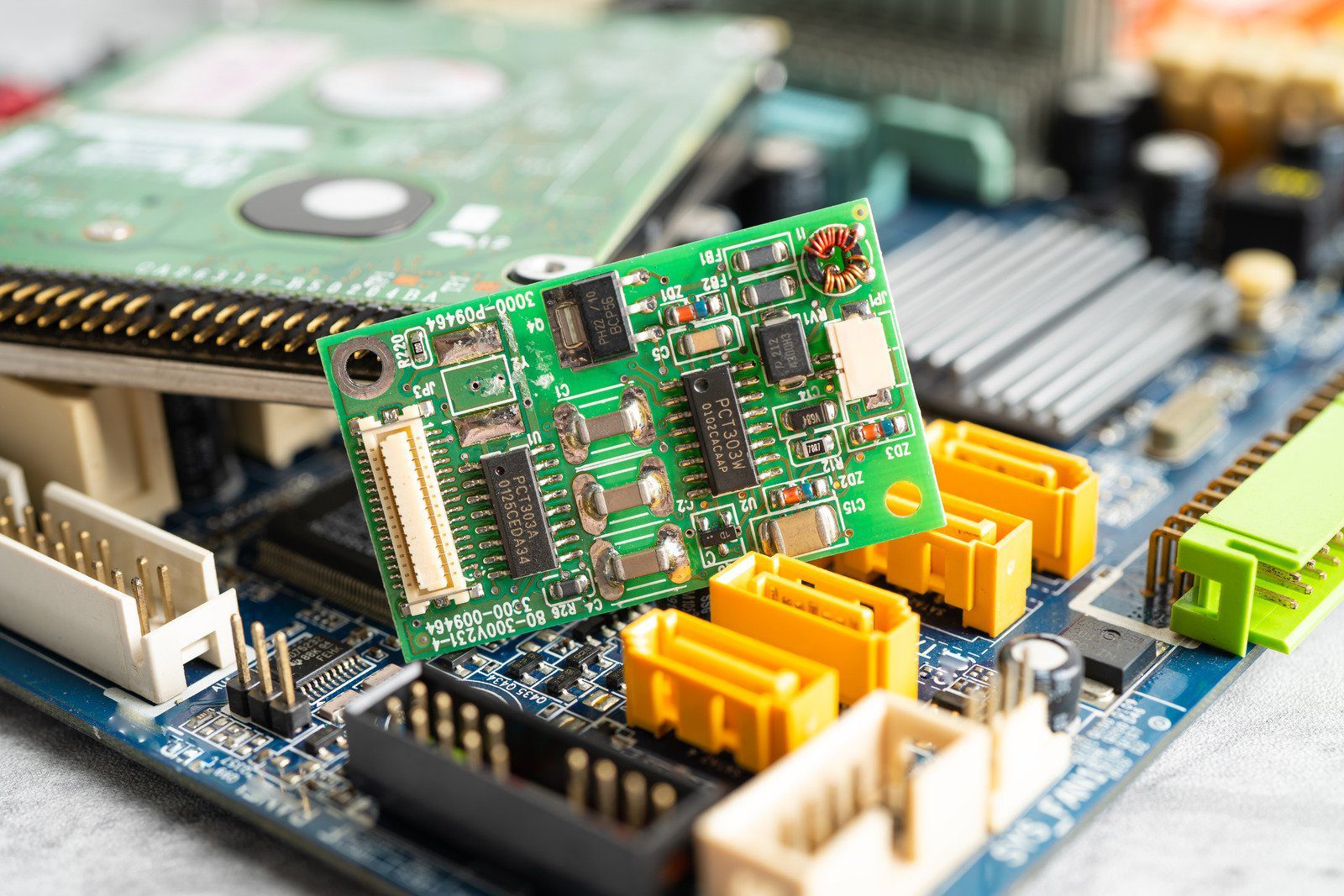Blockchain technology has taken the world by storm, touted as a revolutionary innovation with the potential to disrupt numerous industries. But beyond the buzzwords and headlines, what exactly is blockchain, and how can it truly transform our world? This article equips you with the knowledge to navigate the complexities of blockchain, exploring its core principles, potential applications, and the considerations for its future implementation.
Beyond the Ledger: Unveiling the Building Blocks of Blockchain
At its core, blockchain isn’t a single technology; it’s a distributed ledger technology (DLT). Imagine a shared record book, not controlled by a single entity, but replicated and synchronized across a network of computers. Here’s what makes blockchain unique:
- Decentralization: There’s no central authority controlling the blockchain. Instead, it’s maintained by a network of participants, eliminating the need for a trusted third party.
- Immutability: Once data is added to a blockchain, it cannot be altered or deleted. This creates a tamper-proof record of transactions.
- Transparency: All participants in the network can see the entire history of transactions on the blockchain, ensuring transparency and accountability.
- Security: Cryptographic hashing and consensus mechanisms ensure the security and integrity of data on the blockchain.
These core principles make blockchain a powerful tool for secure, transparent, and decentralized record-keeping.
Beyond the Cryptocurrency: Unveiling the Potential Applications
Blockchain’s potential extends far beyond cryptocurrencies like Bitcoin. Here’s a glimpse into how it can revolutionize various sectors:
- Supply Chain Management: Blockchain can track the movement of goods from origin to destination, ensuring authenticity, transparency, and improved logistics efficiency.
- Voting Systems: Blockchain-based voting systems can enhance security, reduce fraud, and increase voter confidence in the electoral process.
- Identity Management: Blockchain can securely store personal information, granting individuals greater control over their data and streamlining identity verification processes.
- Intellectual Property Rights Management: Blockchain can protect intellectual property like copyrights and patents, ensuring creators receive proper attribution and royalties.
- Financial Services: Blockchain can facilitate faster, more secure cross-border transactions and automate various financial processes.
- Healthcare: Blockchain can securely store and manage medical records, improving patient data privacy and accessibility.
These are just a few examples of how blockchain’s potential applications touch upon various aspects of our lives. As the technology matures, we can expect even more innovative use cases to emerge.
Beyond the Buzzword: Addressing the Challenges and Considerations
While blockchain offers exciting possibilities, it’s crucial to acknowledge the challenges and considerations for its future implementation:
- Scalability: Current blockchain networks can struggle to handle large volumes of transactions. Scaling solutions are needed for wider adoption.
- Energy Consumption: Proof-of-Work consensus mechanisms used in some blockchains consume significant energy. Sustainable alternatives are being explored.
- Regulation: The regulatory landscape for blockchain is still evolving. Clear guidelines are needed to ensure responsible development and use.
- Security Vulnerabilities: Blockchain systems are not immune to cyberattacks. Security best practices and constant vigilance are essential.
- User Adoption: For widespread adoption, user-friendly interfaces and educational initiatives are needed to bridge the knowledge gap.
Addressing these challenges is crucial to ensure blockchain technology reaches its full potential and delivers on its promise of a more secure, transparent, and efficient future.
Beyond the Prototype: Exploring the Future Landscape of Blockchain
The future of blockchain is brimming with possibilities. Here’s a look at potential future trends:
- Interoperability: Blockchain networks will become interoperable, allowing for seamless communication and data exchange between different platforms.
- Consortium Blockchains: Private, permissioned blockchains will be used by businesses and organizations to share data securely within a trusted network.
- Hybrid Blockchain Solutions: Combinations of public and private blockchains will be utilized for specific use cases, offering a balance between security and scalability.
- Integration with the Internet of Things (IoT): Blockchain will be integrated with IoT devices, enabling secure and automated data exchange in a machine-to-machine economy.
- Tokenization of Assets: Real-world assets like stocks, bonds, and even physical objects will be tokenized on blockchain platforms, facilitating fractional ownership and more efficient asset trading.
The future landscape of blockchain promises a more decentralized, secure, and transparent digital world. As the technology matures and these trends take hold, we can expect blockchain to continue its transformative journey across various industries.
In conclusion, blockchain technology is more than just a passing fad. It’s a foundational technology with the potential to reshape the way we interact, transact, and manage data. By understanding its core principles, potential applications, and the
















